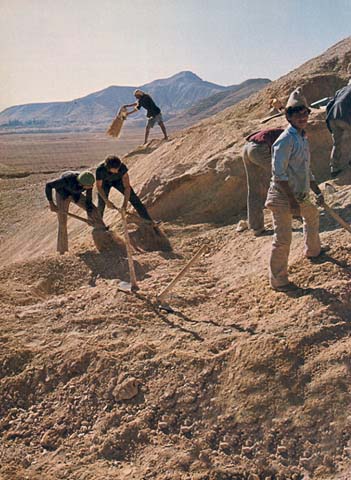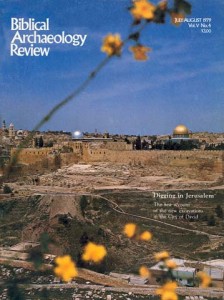Ancient Burial Customs Preserved in Jericho Hills
Illegal bedouin digging leads to discovery of enormous cemetery in Judean wilderness.

It seldom rains in the Judean wilderness; this climatic condition accounts for the preservation of some rare Jewish coffins recently discovered in the hills overlooking Jericho. These coffins are made of wood, are painted, and date to the late Hasmonean period (first century B.C.) continuing into Herod’s reign until 6 A.D. when his son, Archelaus was deposed.1 They are among the few Jewish wooden coffins ever discovered, and they provide important new insights into burial customs of the time.2
Hundreds of tombs from the Herodian and Roman periods (middle of first century B.C.—first century A.D.) are known throughout Palestine, especially in the Jerusalem area. But the only type of funerary container previously uncovered was the ossuary or bone box. These ossuaries are small limestone boxes approximately 20 inches long, 10 inches wide and 12 inches high. Usually they have a flat, gabled, or rounded lid. All these ossuaries were used for secondary burials; approximately a year after the original burial, when the body had decomposed, the bones of the deceased were collected and placed in the ossuary.
Already a library member? Log in here.
Institution user? Log in with your IP address.

